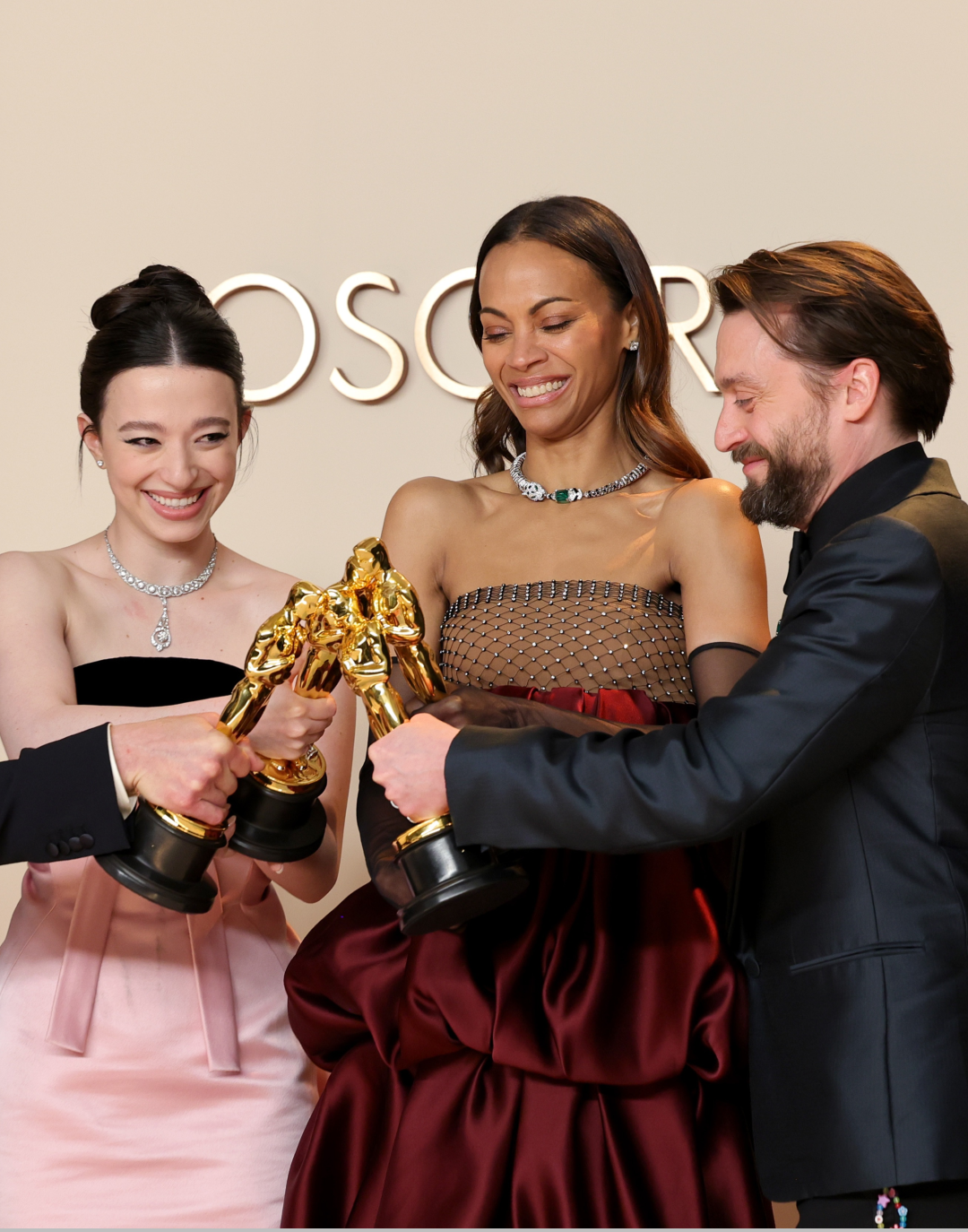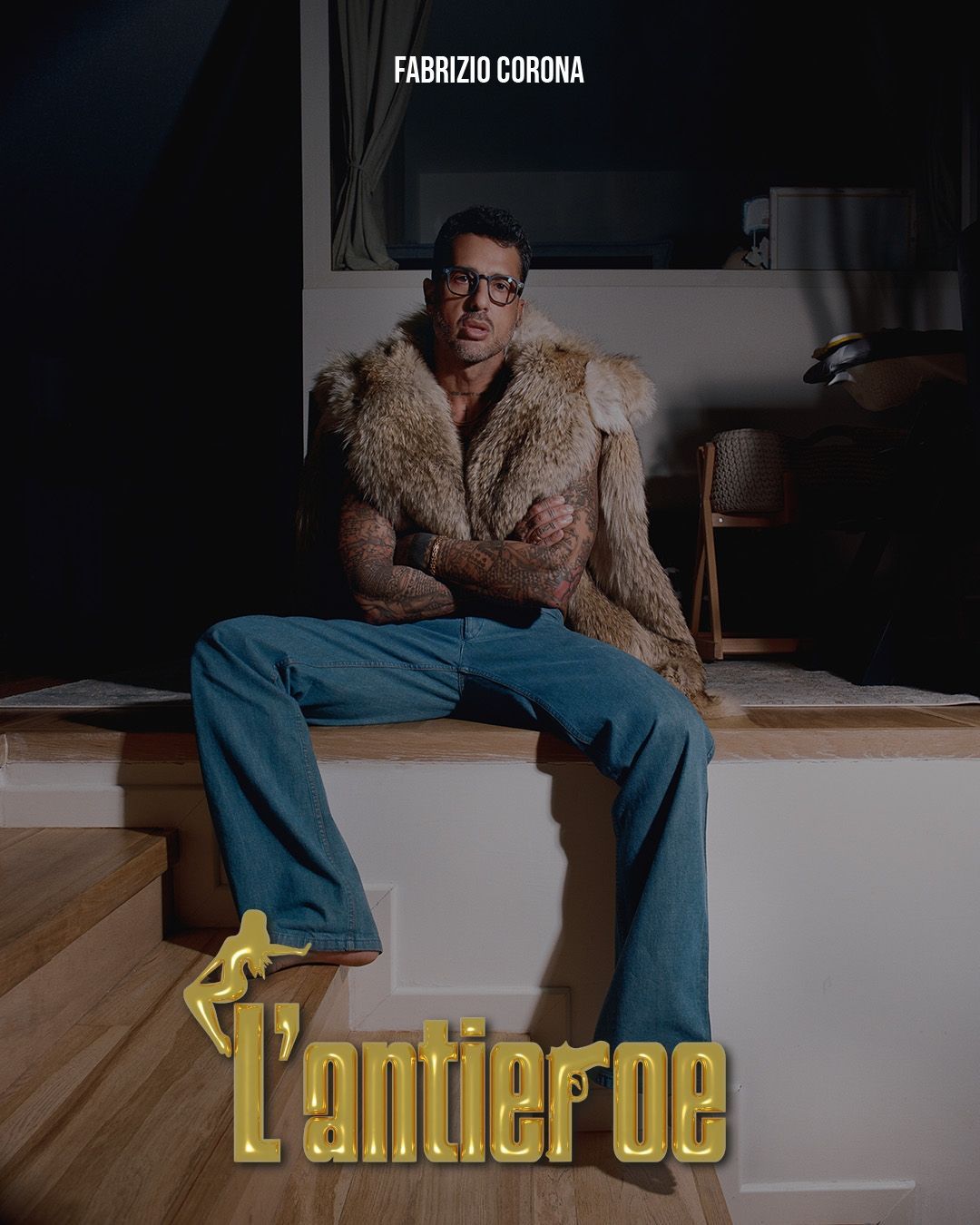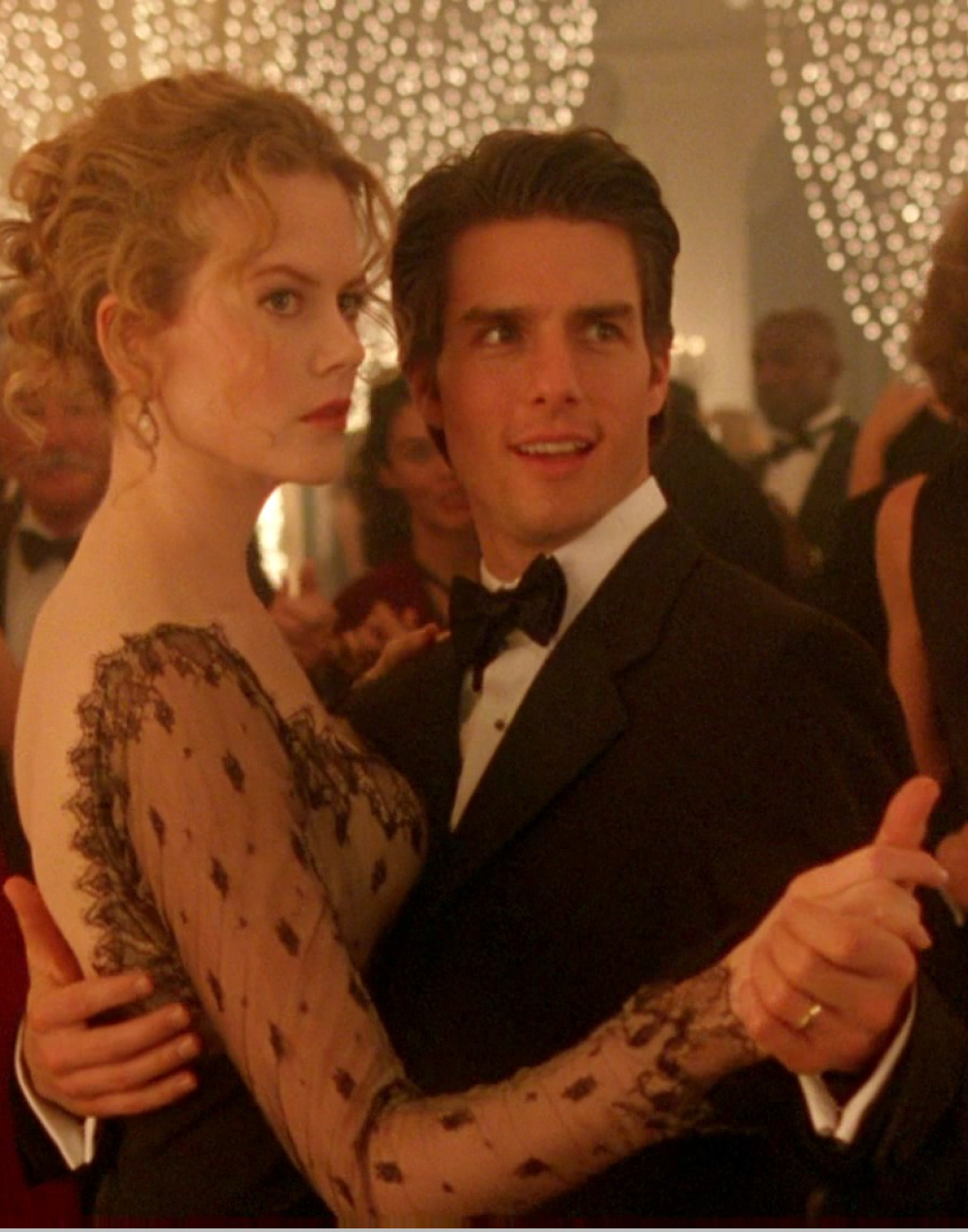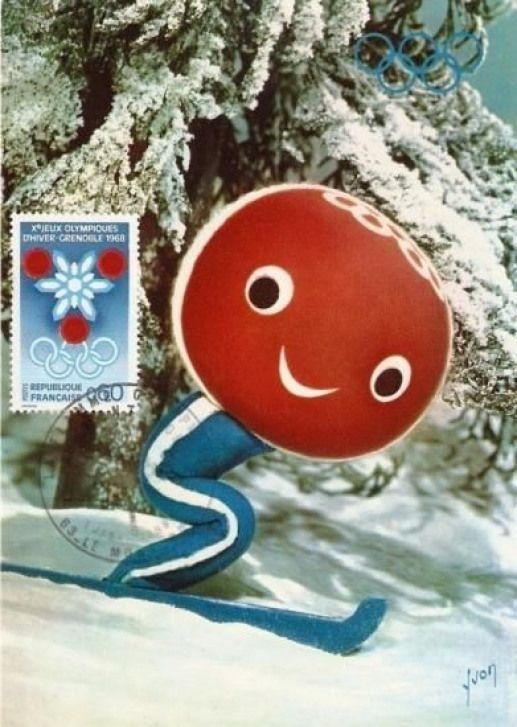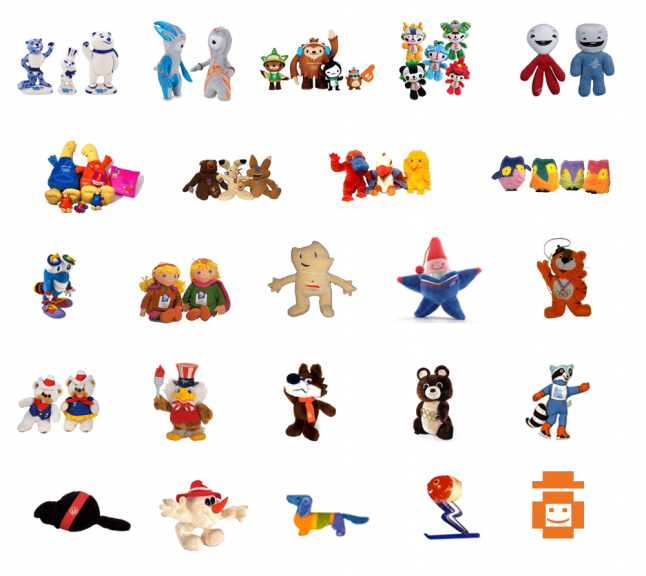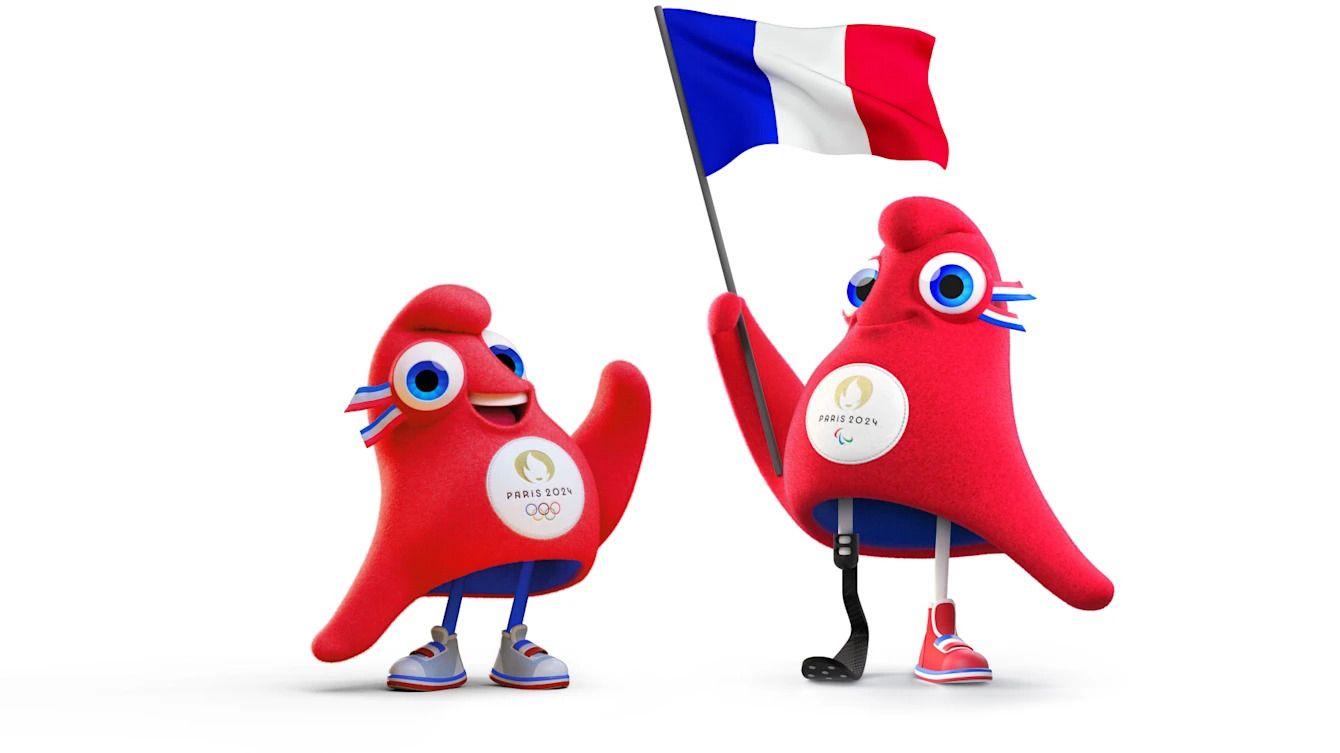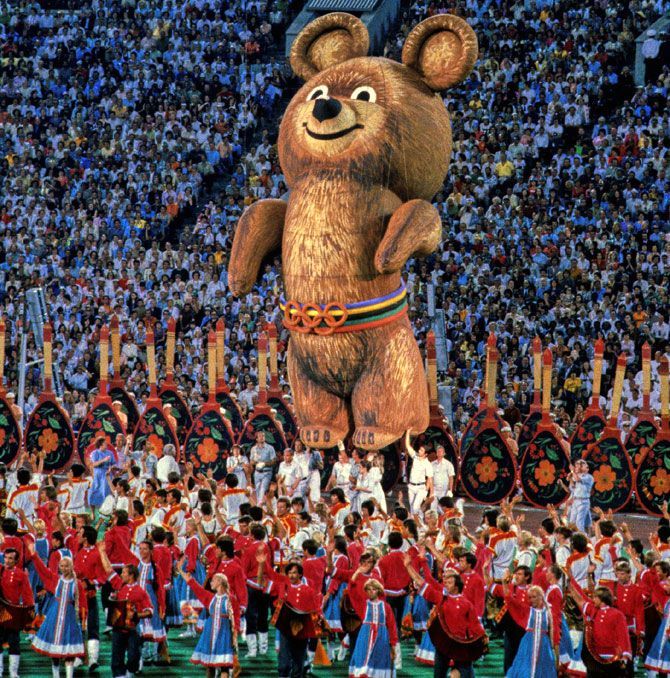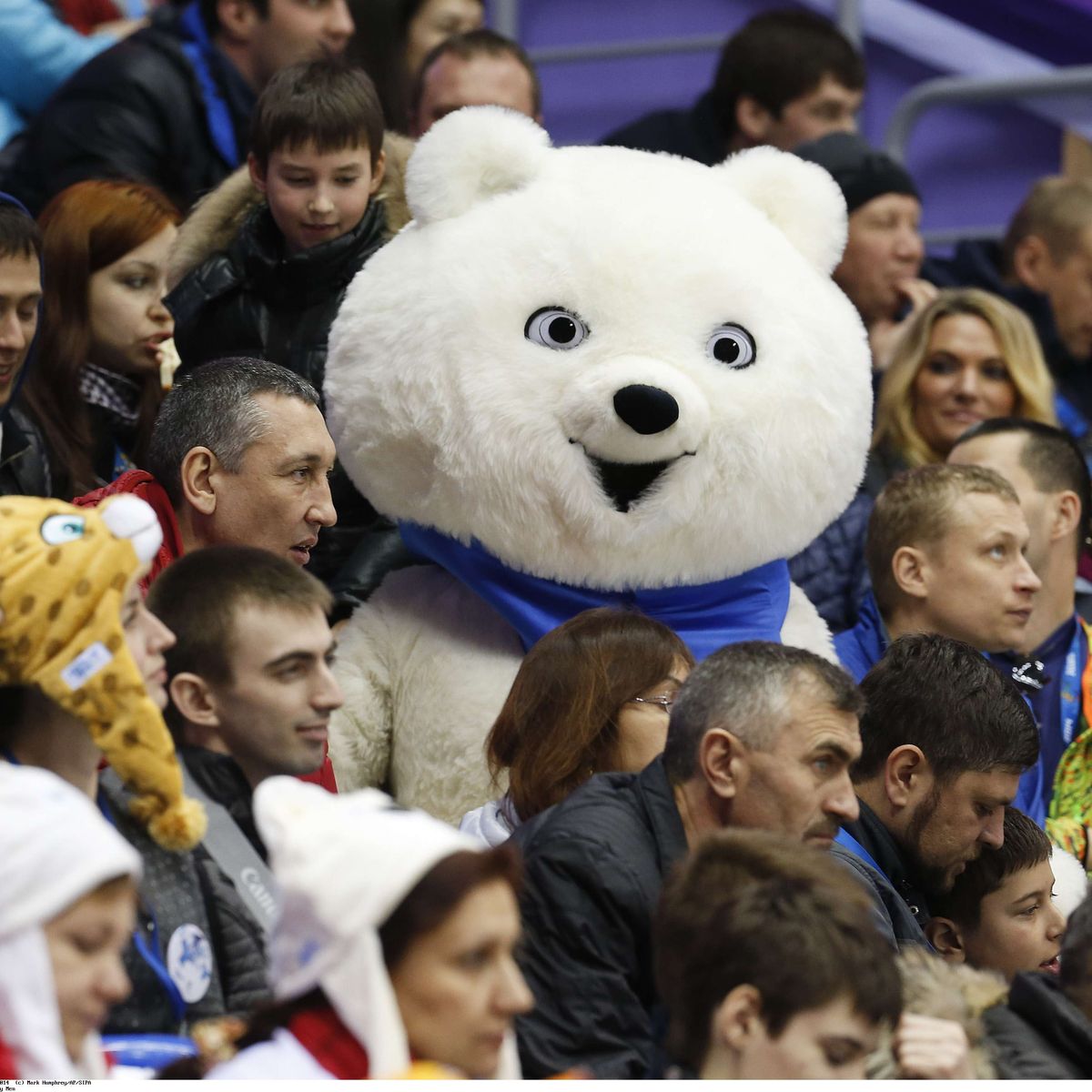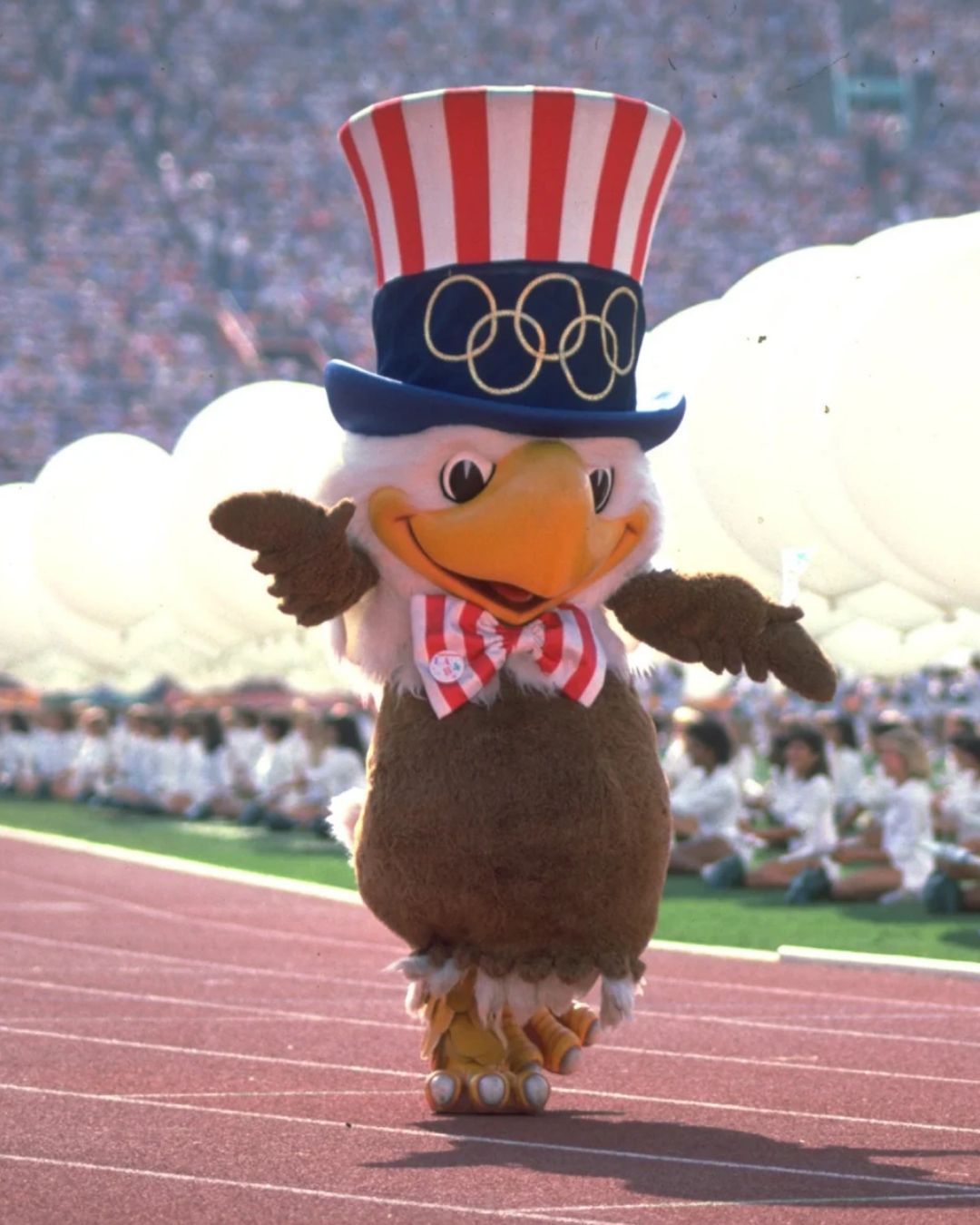
What's the story behind the Olympic mascots ? From the first mascot born in 1968 to the Phrygians of 2024, we tell you the origins of these emblems

Although legend has it that the Olympic Games first appeared in 776 BC, it was not until 1968 that the first mascot appeared. Created by Aline Lafargue for the Grenoble Winter Olympics, it was called Schuss and consisted of a white and red bicolor head and a zigzag-shaped body firmly anchored on its skis. So it was Schuss who opened the festivities and started the tradition of creating a little character for each edition of the Games. Often designed to reflect the region or country in which the events take place, the mascot usually takes the form of a local animal or an imaginary creature. This year, however, it is neither a raccoon nor a turtle, and even less the rat from Ratatouille that passed the casting for the official mascot of the Paris Games. The stars of the games this year will be none other than the Phryges. It is a duo of red Phrygian caps that will serve as the symbol of the event (one representing the Olympic Games and the other the Paralympic Games).
If we took a little leap into the past, we would quickly realize that the mascot is not such a secondary aspect of the games after all and has sometimes taken on considerable importance. To find a worthy representative, it is customary for each country to organize a competition or a call for applications. In 2014, the competition was fierce in Russia, with more than 24,000 drawings received. It was such a success that the results were even broadcast on national television. A few decades earlier, for the 1984 Los Angeles Games, it was none other than Robert Moore, creator at the Walt Disney studio, who took care of designing the mascot (Sam the Eagle, symbol of the American nation). A character meticulously thought out and designed to appear sweet and friendly rather than realistic to appeal to children. Some mascots even seem to have frantic lives, as was the case with the bear Misha, who had a downright extraterrestrial experience and flew into space aboard the "Soyuz" rocket two years before the start of the 1980 Moscow Games.
This year, however, no mystical flights or fantastic experiences are planned for our mascots. And for good reason, the Organizing Committee for the Olympic and Paralympic Games (COJOP) has decided to aim for a realistic ideal. A conical headgear with the tip turned forward, worn as a distinctive sign by the insurgents of the French Revolution of 1789 and later adopted by the supporters of the Republic, the phrygian cap represents freedom and revolution. Values that the French people have proudly upheld since time immemorial. As for the choice to represent a visibly disabled character, Tony Estanguet, president of the organizing committee for the Paris 2024 Olympic Games, explains: «We also wanted the Paralympic mascot for Paris 2024 to have a visible disability. We are well aware that the majority of disabilities are not visible, but we accept the fact that these exceptional athletes can be better highlighted, better included in our society». A message of inclusion, therefore, in addition to embodying the spirit of sharing and self-improvement conveyed by sport.«We have strong messages about the sobriety of these games, about the place of sport in society, inclusion, and the mascots will speak to children», he concludes. The new mascots are available for purchase on SPOT24, while the older ones are the subject of frantic searches on resale sites and are now considered collector's items.


















